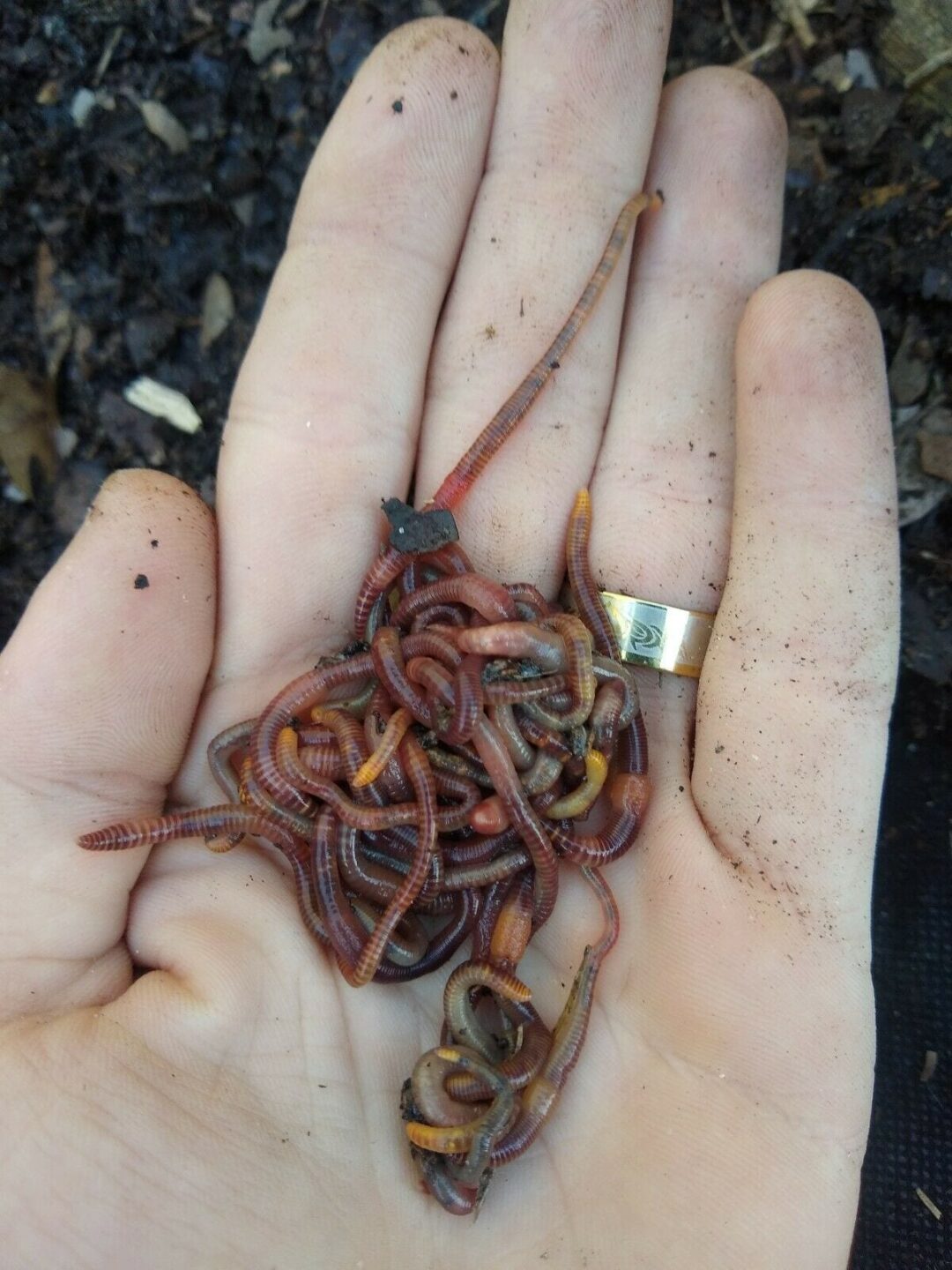The Main Principles Of Red Wiggler Express
Table of ContentsRed Wiggler Express - TruthsSome Known Incorrect Statements About Red Wiggler Express Red Wiggler Express Fundamentals ExplainedRed Wiggler Express Can Be Fun For AnyoneThe Basic Principles Of Red Wiggler Express
It's safe to claim this things would have been fantastic to add as a to vermicomposting systems! And the growing Red Worm populace? It just never happened. Even in the heap that was established up straight before yard composters with existing Red Worm swarms. These nutritionally-boosted timber chip environments are definitely filled with Lumbricus sp.
Lots of selections, consisting of Red Wigglers, European Nightcrawlers, and Lumbricus varieties were brought over from the European continent. Here's the thingNative or not - and as skilled as they are at being able to survive in a wide-range of environments and conditions -. In various other words, they are even more most likely to hang around in any type of active composting systems you have set up, than they are to stroll off and begin ruining the setting.
Origins need oxygen for respiration and count on smooth airflow within the soil to grow. Nevertheless, when it rains, soil can become saturated with water, reducing the oxygen available and preventing vitamins and mineral absorption - Red Wigglers For Bait. To preserve an optimal equilibrium, the soil must permit water to drain sufficiently, leaving enough room for air to support root health and wellness
The smart Trick of Red Wiggler Express That Nobody is Discussing

When it pertains to worms for composting, what enters your mind? If you were an earthworm breeder, supplier, or ordinary gardener, then you 'd recognize that red wiggler worms are the suitable worms for vermicomposting. For more information concerning these planet marvels, reviewed several of the red worm facts below.
(https://cleangreendirectory.com/gosearch.php?q=Red+Wiggler+Express&search-btn.x=47&search-btn.y=9)If they extend their bodies, you'll be able to see the red stripes on their skin. When elevating worms such as red wiggler worms, you need to be able to understand exactly how to make excellent use of them. When you're able to preserve and care for their habitat well, and likewise feed them the appropriate type of natural wastes, then they'll have the ability to produce nutrient-packed and quality-rich worm spreadings for you (likewise referred to as worm poop or garden compost).
Getting The Red Wiggler Express To Work
So, what do worms consume? Well, these red wriggler worms can be fed with kitchen area scraps and yard wastes. So, any type of rotting organic things will do like vegetable and fruit peels, crushed egg shells, used tea bags, coffee premises, yard trimmings, completely dry leaves, and others. However see to it not to feed them foods items that are oily, citrusy, or has meat or dairy in them. Red Wigglers For Sale.

This behavior makes them well-suited for life in worm containers, compost heap, and various other restricted areas where organic waste is plentiful. Creating an optimal environment for red wigglers calls for a thoughtful method. Think about the complying with vital aspects to care for red wigglers at home and guarantee their health: Utilize a bed linen of shredded newspaper or cardboard.

Include a handful of completely dry, shredded newspaper if the bin comes to be as well wet. They do! Red wiggler worms recreate by laying little, lemon-shaped eggs in safety cocoons. These cocoons are typically transferred in the bed linens and hatch into baby worms within a couple of weeks. The rapid recreation cycle of red wigglers is just one of the reasons they are favored for vermicomposting.
The smart Trick of Red Wiggler Express That Nobody is Discussing
Their versatility and resilience have made them a popular option for vermicomposting in various regions all over the world. Yes! They can endure from a series of 32F to 90F. They are incredibly adaptable critters. Think about safety measures for extremely severe temperature levels such as: Insulating the worm bin with layers of straw or leaves.

Just bear in mind - you can always add even more food later (however it's hard to get rid of feed once it's been added to a container!).
Due to the fact that I fed the red wigglers and compost worms as well a lot, they weren't able to keep up and over time the older food went uneaten and developed anaerobic conditions that killed the worms. Below're the 6 golden guidelines for how commonly and how much to feed your worms: Guideline # 1: Small amounts!
All About Red Wiggler Express
Uneaten food will lead to anaerobic conditions that will certainly kill your live worms. Rule # 6: After the first feeding, feed the worms 1/3 to 1/2 of their weight.